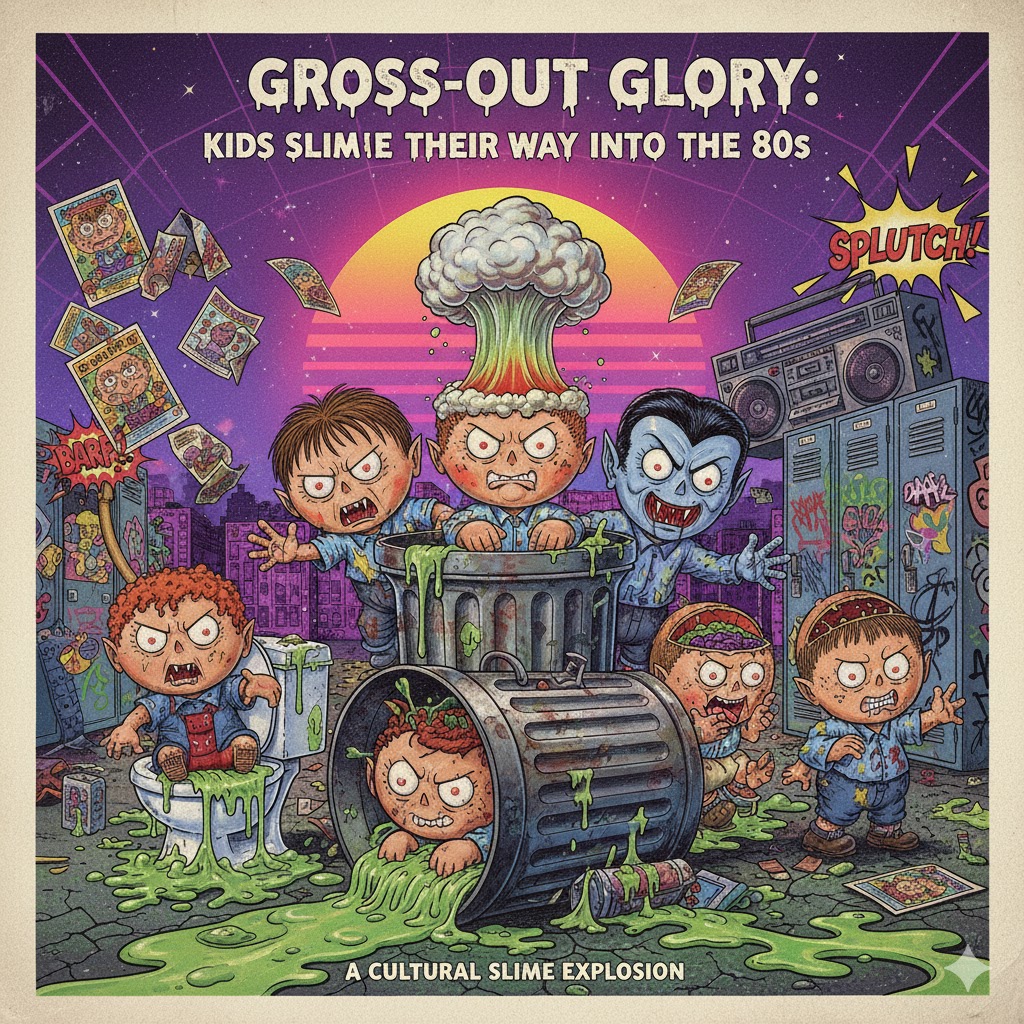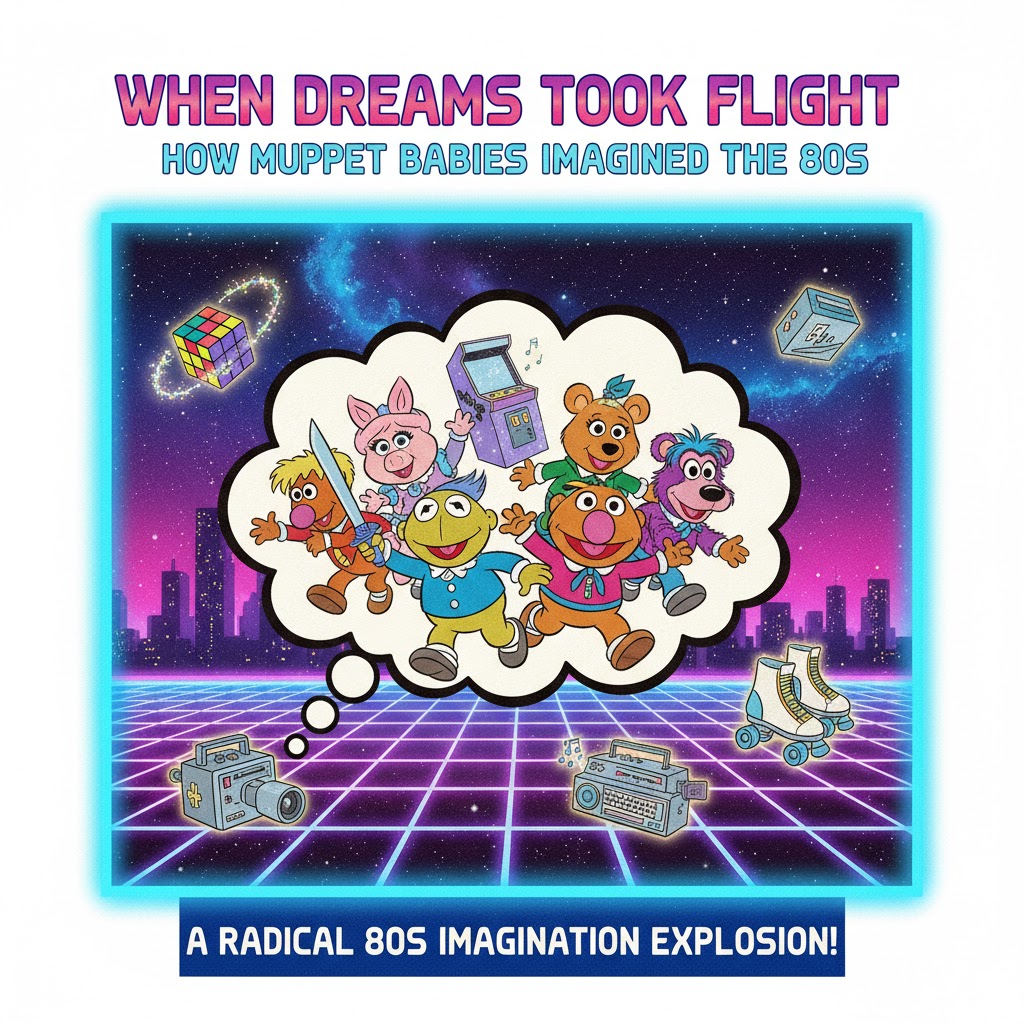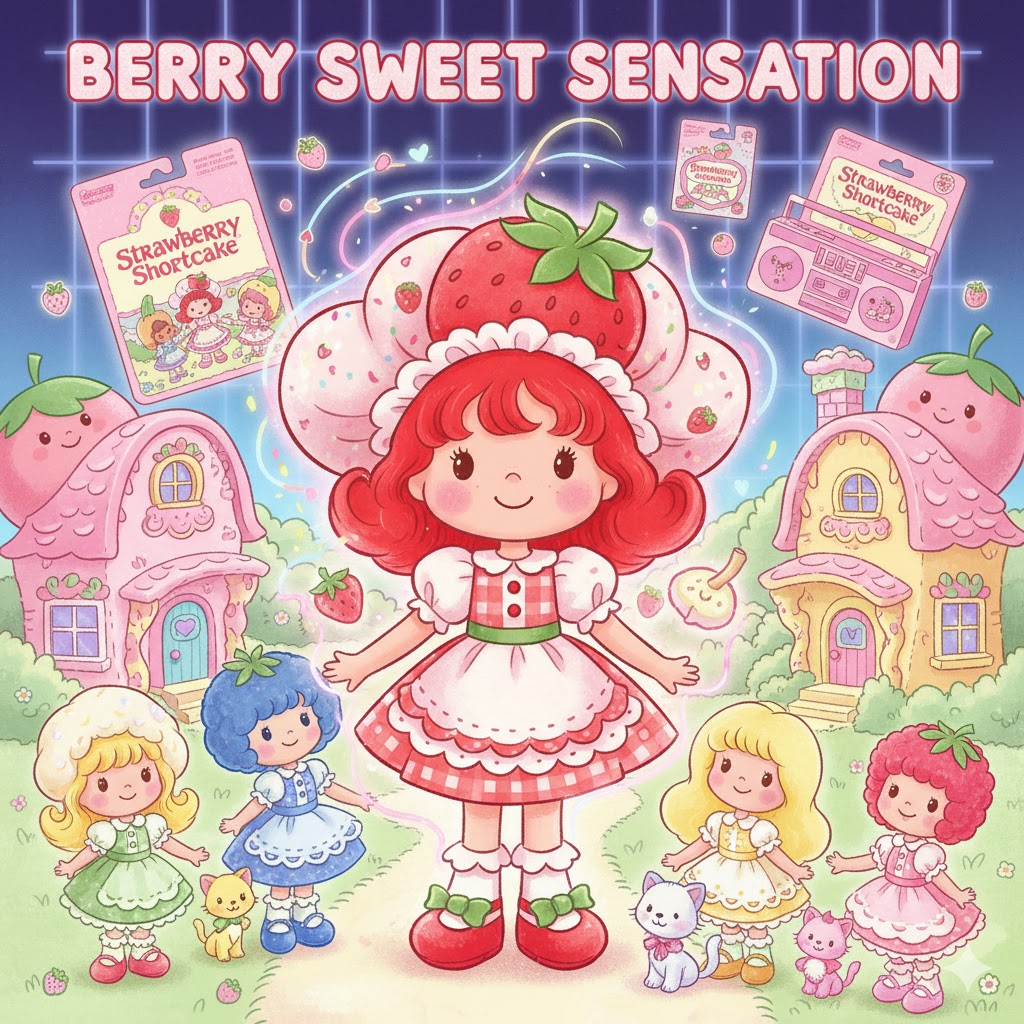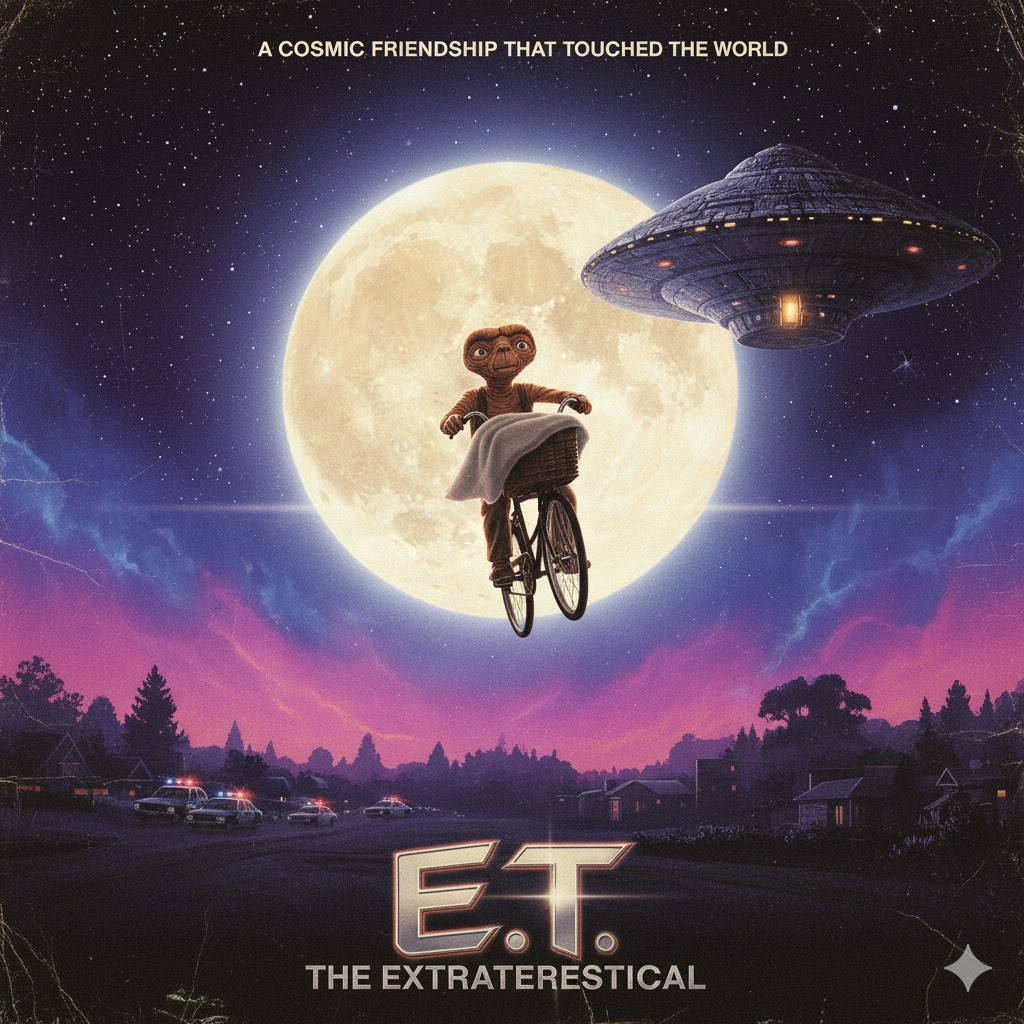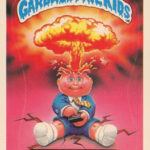
In a decade defined by excess, vibrant colors, and a playful rebellion against the mundane, a collection of truly outrageous characters burst onto the scene, leaving a trail of slime and laughter in their wake. The Garbage Pail Kids (GPK), a series of trading cards that debuted in 1985, weren’t just a fleeting fad; they were a cultural phenomenon that perfectly encapsulated the irreverent, mischievous spirit of 80s pop culture. Their grotesque charm and satirical wit challenged norms, delighted children, and infuriated parents, securing their place as an unforgettable icon of the era.
A Hilarious Subversion of Wholesome Toys
The idea for the Garbage Pail Kids originated at the Topps Company as a direct parody of the immensely popular Cabbage Patch Kids dolls. While the Cabbage Patch Kids offered wholesome, adoptable babies, the GPK presented a darkly humorous, often disgusting alternative. Each card featured a unique, hand-painted character with a cleverly punny name that described their unfortunate and usually gross predicament. From “Adam Bomb” with his exploding head to “Nasty Nick” the vampire, these characters reveled in everything considered taboo or un-cute.
The immediate impact was electric. Released in sticker form, the cards were an instant sensation in schoolyards across America. Children reveled in their shocking imagery and subversive humor, delighting in the chance to trade them, stick them on notebooks, and gross out their friends. The cards tapped into a universal childhood fascination with the forbidden and the yucky. They offered a playful rebellion against the saccharine sweetness often peddled to kids, providing an outlet for a more mischievous side.
The Cultural Clash: Parental Outrage, Kid Cool
The Garbage Pail Kids also sparked considerable controversy, which only fueled their popularity. Parents and educators were often horrified by the grotesque imagery and the sometimes morbid humor, leading to widespread calls for bans in schools across the country.
This parental outrage, however, only made the Garbage Pail Kids more desirable to their target audience. For kids in the 80s, having something that genuinely shocked adults was a badge of honor, and the GPK provided that in spades. The more adults disapproved, the cooler the cards became, embodying a classic generational clash that played out repeatedly throughout the decade. The cards’ aesthetic—a blend of detailed, exaggerated cartooning and unsettling scenarios—was distinctly 80s, echoing the bold visuals seen in counter-culture art and media.
Expanding the Gross-Out Empire
The immense success of the trading cards led to a rapid expansion of the Garbage Pail Kids brand into other media, solidifying their place in popular culture:
- A Feature Film: In 1987, The Garbage Pail Kids Movie was released. While critically panned and a box office flop, the film remains a cult classic among fans of 80s B-movies and a testament to the characters’ widespread recognition. Its very existence highlights the immense cultural footprint the characters had achieved.
- Animated Series: An animated television series, also produced in 1987, was planned to further capitalize on their popularity. However, due to continued parental objections and advertiser discomfort with the content, the show was largely unaired in the United States, adding another layer of rebellious allure to the brand’s history.
- Merchandising Mania: Beyond cards, the Garbage Pail Kids spawned a variety of merchandise, including posters, T-shirts, and other novelty items, ensuring their disgusting charm was widely available.
The Garbage Pail Kids served as a significant touchstone for the 80s generation, offering a shared experience of collecting, trading, and the thrill of mild transgression. They captured the anarchic spirit of childhood, the thrill of pushing boundaries, and the joy of finding humor in the unexpected and the outrageous. Their slimy, silly, and often offensive charm perfectly embodied a particular strain of 80s pop culture—one that was loud, unapologetic, and utterly unforgettable.
